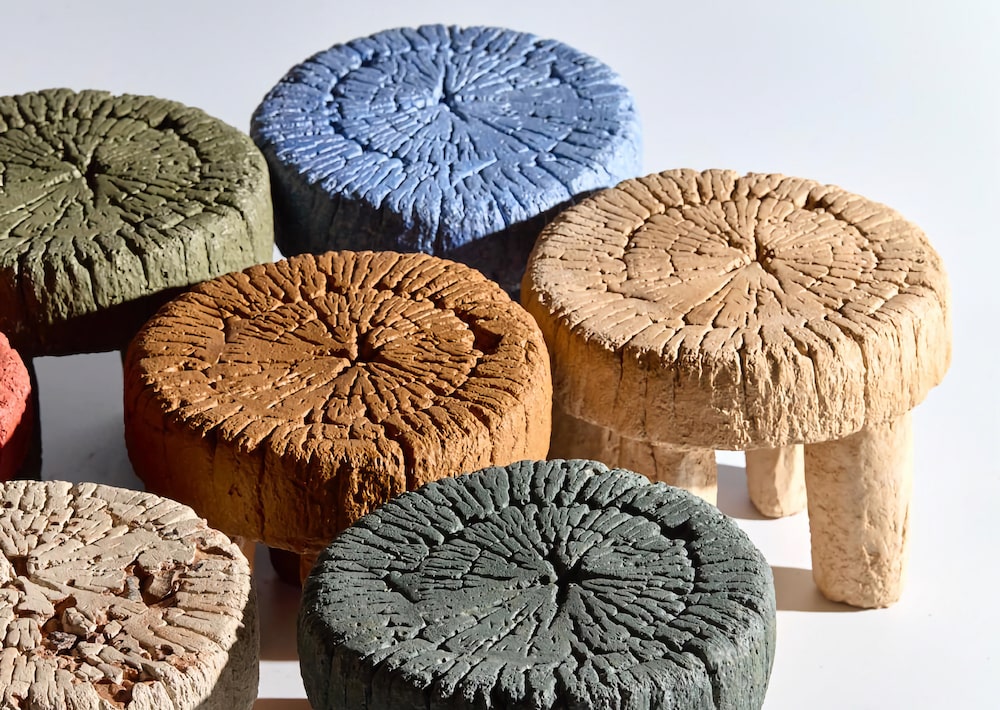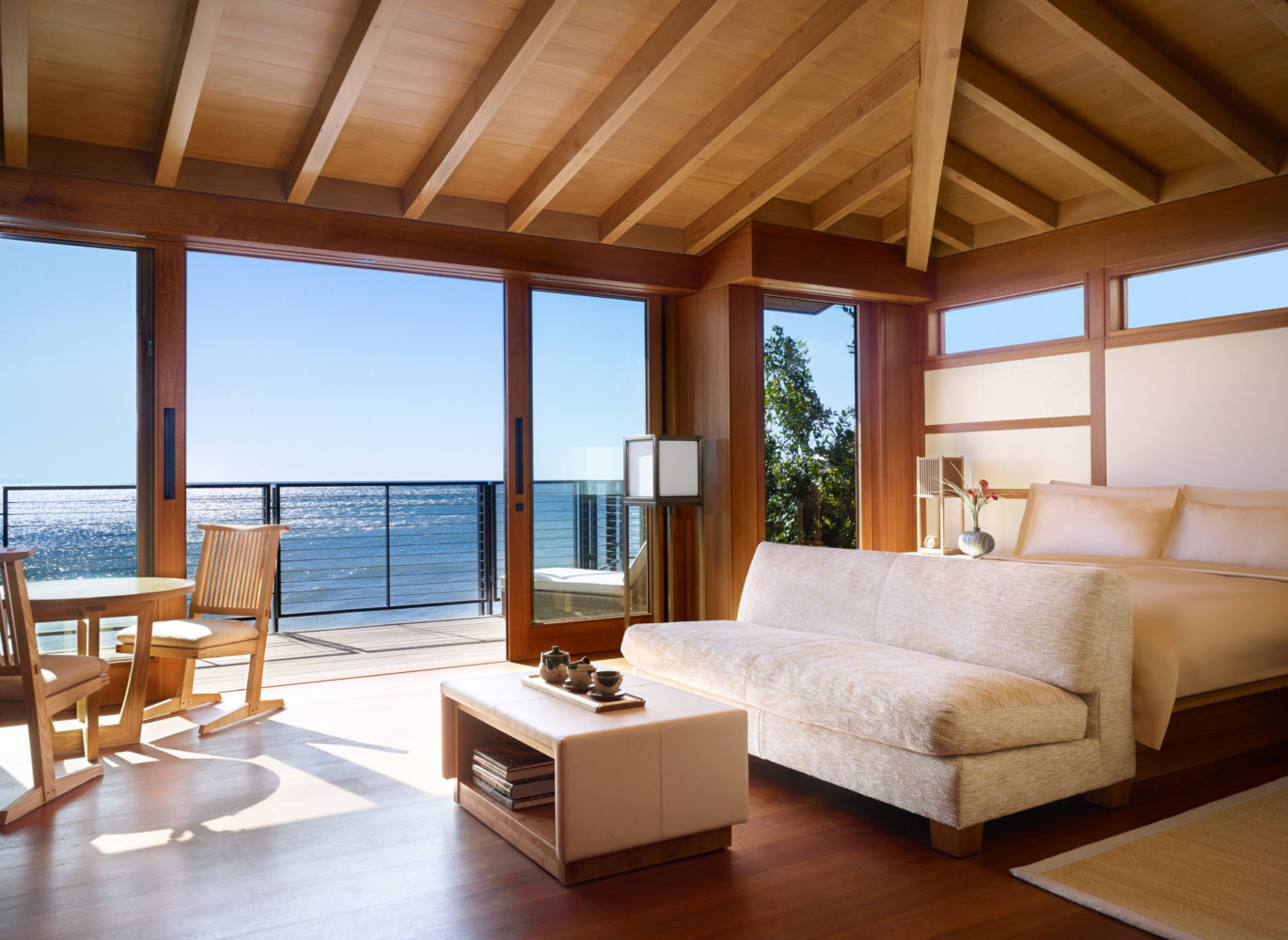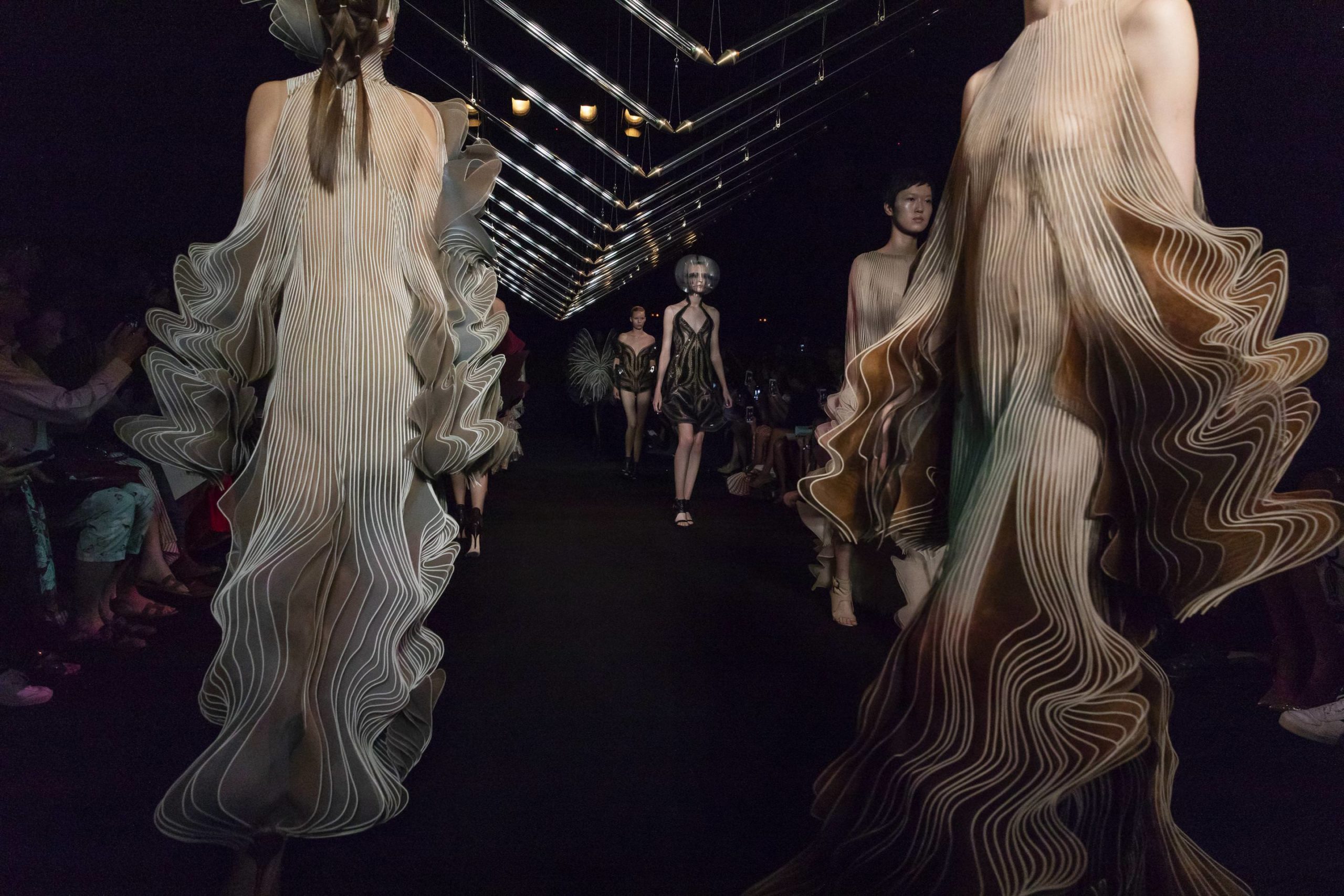The Badran name is well known in the world of architecture. Dr. Rasem Badran—founder of Dar Al Omran, the 40-year-old architecture, planning, and engineering office—has built more than 400 prized projects across the Middle East and North Africa. Specifically, he’s recognized for his contributions to religious, historical, and cultural sites.
Today, his son, Jamal, is carrying on the love of architecture with his own firm. Founded in Amman in 2008, Badran Design Studio is an innovative architecture and urban design practice that encourages a contemporary dialogue between the environment and its physical and cultural context. Specializing in the design of residential, retail, cultural, resort, commercial, and hospitality projects, Jamal is concerned with preserving history in the modern age, taking a quite liberal approach.
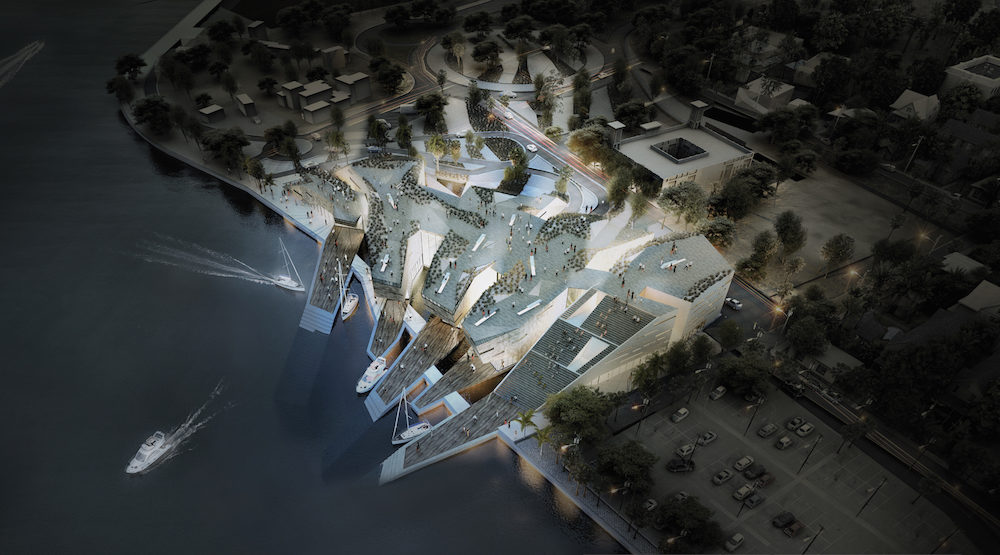
A rendering of the Dubai Archaeology Museum. Courtesy of Badran Design Studio.
Whitewall spoke with Jamal Badran about this contemporary perspective, and how he’s reinvigorating spaces with cultural heritage.
WHITEWALL: You’ve said that growing up, you spent time with your father painting landscapes, sketching buildings, and talking about architecture. Why did you make the choice to pursue a career in architecture?
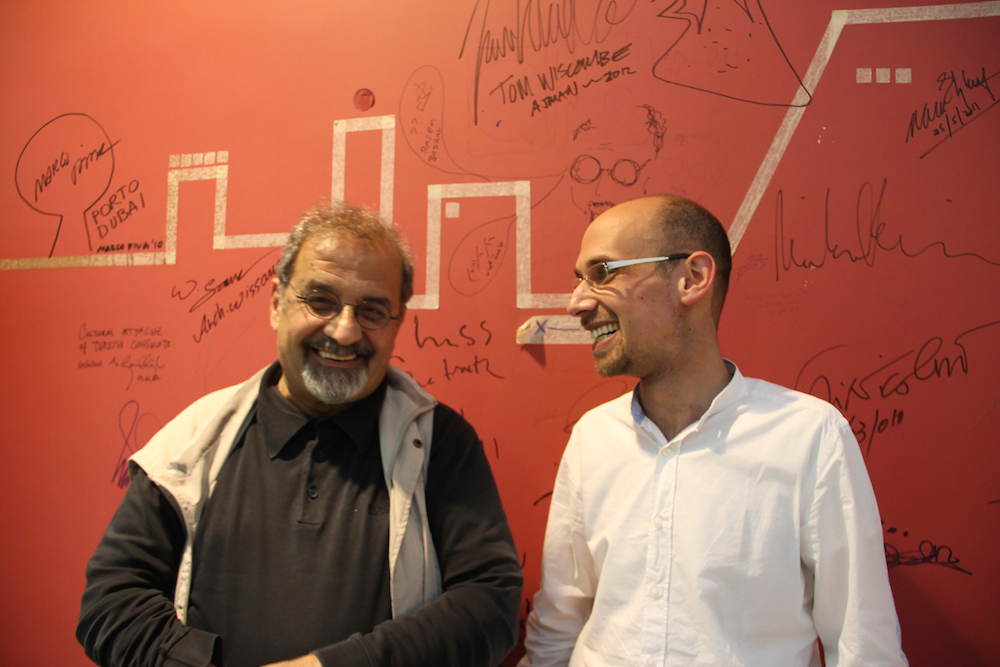
Mentor Dr. Rasem Badran and principal architect Jamal Badran. Courtesy of Badran Design Studio.
JAMAL BADRAN: Ever since I can remember, I used to thoroughly observe my father passionately drawing and painting those beautiful sceneries and works of art using watercolors. He was an architect and an artist at the same time, and I was very fascinated by the drawings and the ideas he would come up with. The way my father thinks and develops architecture has intrigued my interests in the world of architecture and inspired me to start drawing myself. I recall my first drawing was of a building, and this was natural due to my interest in the surrounding built environment.
At 16 years old, I envisioned a huge airport with an unusual design; the ideas I came up with in that design were, to anyone who sees them, very advanced and ahead of their time. I used to believe that I was already an architect way before commencing my architectural studies at the university, and I knew this was the world I would like to be part of.
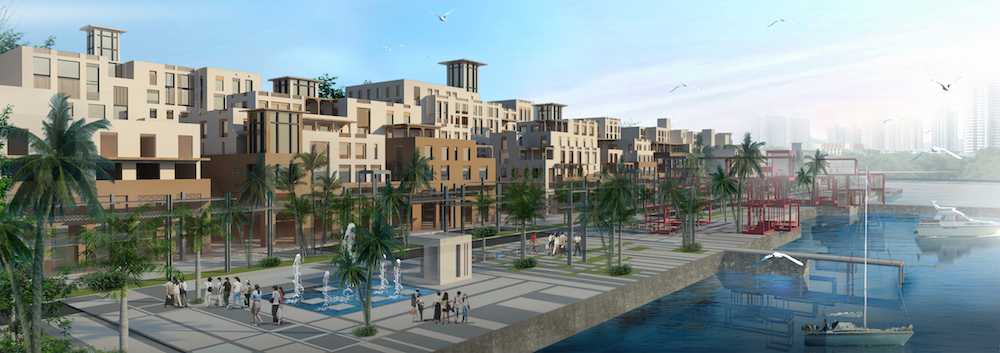
A rendering of the Khalid Port in Sharjah. Courtesy of Badran Design Studio.
My passion for architecture, in addition to the creative environment I was raised in, has led me to pursue a career in the field of architecture.
WW: Your father is now involved in your studio as a mentor. Can you tell us about your professional relationship with him, and how his role within the company aids its mission?
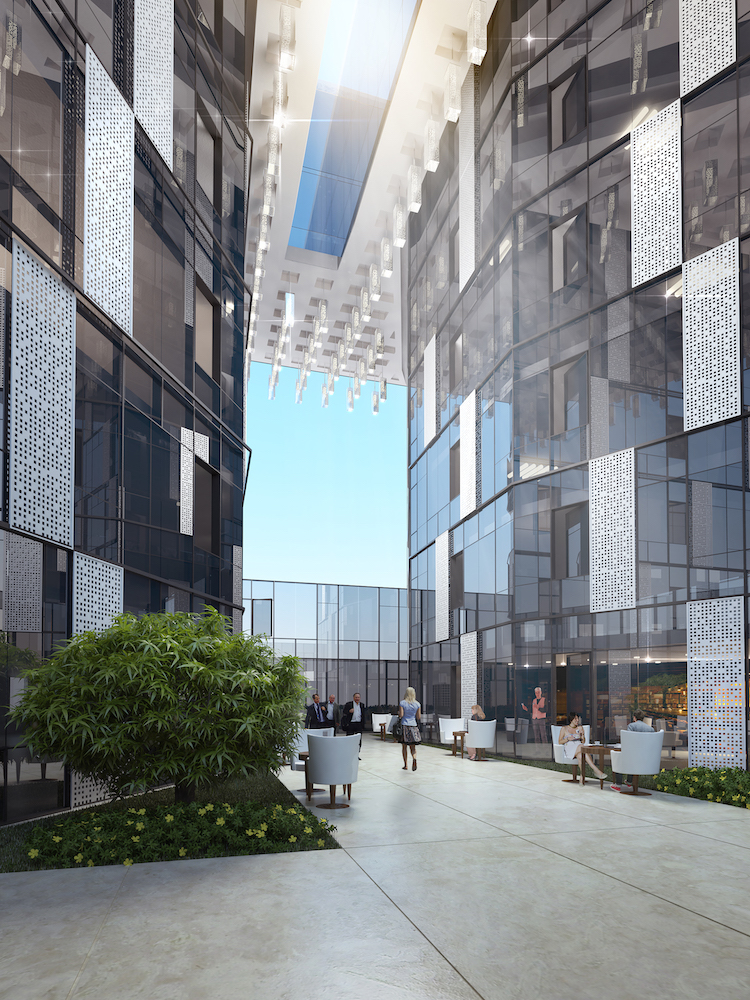
A rendering of Sharjah Gate Tower. Courtesy of Badran Design Studio.
JB: My father was my very first role model and my mentor before anyone else was.
At the studio, our relationship is based on professional dialogues. We have deep discussions about design, architecture, and our ongoing projects, as well as how one could learn from previous experiences and develop ideas. Evidently, we sometimes have different points of view toward some design directions; however, we both aim to improve the ideas we have in mind and contribute to the evolution of architecture— be it in technology, philosophy, or design language.
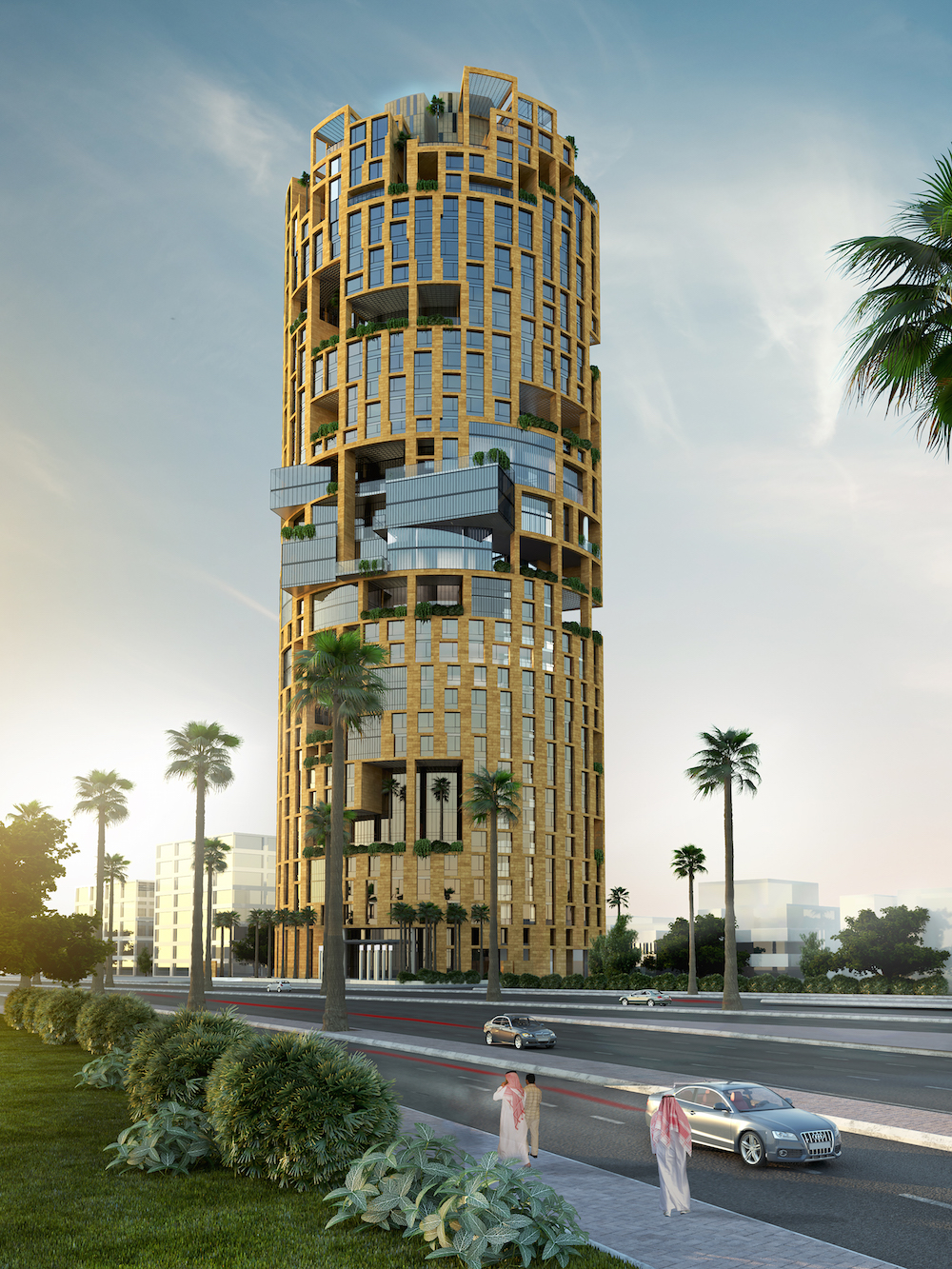
A rendering of the Al-Zamil Sky Garden. Courtesy of Badran Design Studio.
Having my father by my side—with his wide expertise in architectural analysis and regional architecture—has helped me considerably in having a better understanding of traditional architecture elements, and then reintroducing these elements in more futuristic and challenging design approaches.
WW: You mentioned that you have a bit more of a liberal approach at your firm and that studying at Bartlett—a somewhat futuristic school— helped you think outside the box. How does the professional dialogue you have, spanning two generations and two approaches, impact the designs you collaborate together on?
JB: Dr. Rasem is one of the very few architects who could, with his analytical skills and cultural heritage understanding, interpret the traditional vocabulary in the region through his works and develop it in a more modern and poetic approach, meanwhile preserving the architectural heritage.
I had more pragmatic and rational approaches in designing. I try to give justifications to the decisions we make and the developments we are witnessing. I ask myself how we can learn from our ancestors and develop their ideas and get out of the box. In order to improve and create solutions within their environment, our ancestors had gotten out of the box themselves, using different solutions, technologies, structures, materiality, and textures in a way that was avant-garde back then.
I believe our collaboration makes our architectural products at Badran Design Studio considerate and respectful to the past yet looking forward to serving the present and the future.
WW: Your wife, Farah Kaddoura, is also an architect and works for your studio. Can you tell us about working with your spouse?
JB: I believe I am truly fortunate for having my wife, Farah, working with me as a manager at Badran Design Studio. She is a constant support for me, as she is to other team members. Farah encourages me to balance my efforts between the professional and the nonprofessional spheres in order to keep the studio well sustained and balanced. She always calls for balancing time, effort, and resources. She also understands how demanding a project is and the amount of extensive research and experimentation it requires.
It is a great advantage to have a manager who is an architect as well, since managers are normally more grounded and work solely with numbers, statistics, and deadlines. Having Farah as a manager keeps the management and the design processes intertwined and in harmony.
WW: How would you describe the design community in Amman?
JB: The design community in Jordan is very diverse. Some follow the traditional approach, while others are heading toward more contemporary approaches. I believe this diversity of the architectural products is raising the competitiveness amongst other design offices and firms. I also find the ongoing dialogue between the different schools of thought is creating new innovative approaches that are further enriching the local design community.
WW: Currently, your studio is working on an array of projects in the UAE, including some religious and spiritual institutions. Are there any details you can elaborate on?
JB: We have a project in the UAE, which is a master plan of a residential area that is inspired by the cultural roots and heritage—with a contemporary outcome. Also, we are doing some religious and spiritual buildings in the Kingdom of Saudi Arabia, where we are redefining mosques as a community pavilion rather than a place of worship solely. Through our designs, we are trying to revive the human experience within the public realm, while bringing out the architectural outcome in a more contemporary approach.
We get inspired by the cultural heritage of the region and we interpret it in a more contemporary design that fits modern-day developments. For instance, when designing religious buildings, we try to redefine the space so that it follows the desired architectural concept while preserving the spirituality of the main elements. We apply the same design direction in master planning. We take the core principles from the existing planning and then develop them into urban master plans.
A common aspect between these projects is that they are unique hybrids of two functions of a building that introduce new definitions to the space. For example, a mosque and a library, a mosque and a museum, a mosque and a community space, et cetera.
WW: Can you tell us about the Al-Zamil Sky Garden in Riyadh—the tallest stone tower in the Gulf Cooperation Council—that you’re also working on now?
JB: One of the project’s challenging requirements was the cylindrical shape of the desired tower—since the verticality doesn’t give the impression of a residential building, but of an office building or an oil refinery.
We came up with the concept of a vertical neighborhood in an aim to give a residential identity to this cylindrical tower, hence the different diversions that are apparent on the facade, in addition to the multiple vertical courtyards and the protruded entertainment area. It is as if you are looking at an aerial view of a living neighborhood projected on an elevation.
Our studio was assigned to give the design concept and vision, and currently we are doing multiple visits to the site in order to guarantee that the intended design quality meets the reality.
WW: You also designed the Jabal Al-Ka’abah Development—a series of seven towers, close to the holy mosque, that is steeped in natural terrain layers of basalt rock. Tell us a bit about the challenges presented in a project like this, and what your studio takes into consideration when creating an urban space on a site of this context.
JB: Initially, we received Jabal-Al Ka’abah project as a master plan after several companies attempted to design it yet failed to meet the requirements and the approvals of the authorities. It was demanding and complicated, yet we believed we were up to the challenges ahead.
The location of the project was prime and very close to the holy mosque. This was the main challenge we faced, as it triggered the questions of what the definition of modern Makki architecture style is and what architectural language to portray since the project was considered one of the facades of the holy mosque.
The second challenge was the concept of organizing the circulation flows of users and vehicles, taking into account their access points— especially during prayer time—and in coordination with the neighboring projects and the authorities. Circulation flows had a great impact on the project’s circulation itself and its safety planning.
The next challenge was the site soil. The project was to be built on granite soil, which has hard setting surfaces and requires special construction expertise especially during excavation.
Operating those seven hotels was another challenge we faced, and for that we consulted several hotel operators and their representatives on how to make these built machines operational. This challenge required the skill of understanding programmatic and functional planning of large-scale projects.
Also, this project consisted of 7,000 rooms hosting 28,000 residents and about 32,000 users over an area of 45,000 square meters, which is considered a densely populated area and required wise planning.
WW: How do you feel your studio is simultaneously responding to the environment and interpreting tradition?
JB: The regional architecture is actually an environmental architecture, especially in the Arabian Gulf region where the climate is harsh, dry, and very hot. Tradition and environment are linked together since a key design principle in traditional building was withstanding such harsh environments. So, basically, if we took away the traditional ornaments (arches, calligraphy, etc.) of these buildings, they would accomplish an equilibrium in sustainability and environmental comfort through cultural, environmental, and technological solutions—such as using the building as a shading device, creating courtyards as cooling areas, in addition to wall thicknesses and openings, and the interplay of materiality.
Reviving these design principles and the interpretation of ornamentation in a more contemporary approach is where the challenge lies and where our part comes. Our buildings are inspired by traditional principles, yet the designed outcome is a hybrid between the traditional and the contemporary.
WW: How does the studio think about sustainability, or permanence, when designing?
JB: Though technological systems such as photovoltaics and other mechanized systems are becoming more popular nowadays in the field of sustainable design, our stand is a bit different; we aim to revive our ancestors’ approaches and principles to create timeless sustainable architecture.
We always seek during our design processes to study the possible sustainability of the buildings we design through several elements, some of which are the spatial layout, orientation of masses, materiality choice and color, openings sizes and distribution in consideration to context and climatic requirements such as temperature, humidity, and reflectance, et cetera, also, shape and inclination of windows to create natural shading and to insert indirect lighting.
Moreover, while designing landscapes, we carefully choose our plantings to meet the climatic conditions of the locations we design at. For example, we tend to use plenty of palm trees in hot climates to offer natural shade within designed courtyards that act as cooling devices.
Still, we aspire to have a greater involvement with sustainability in our designs and to make a step forward toward reaching green building codes and developing environmentally sensitive and cost-effective solutions, whether through design, materiality experimentation and fabrication, planting choice, or the technology we use.
WW: What type of architecture do you hope your studio is remembered for?
JB: Through our projects, we try to avoid repetition, so we deal with each project with a fresh eye and full sincerity. Our work is rather contextual and tailored to each project’s needs and requirements, whether contemporary or traditional approaches. We can deliver both through the studio’s designing strategies. I can’t bind myself to a certain type of architecture. However, I can say that our work brings together the past and the future to create timeless architecture. And that is what we would like to be remembered for.
This interview was published in Whitewall‘s Spring 2020 issue.





